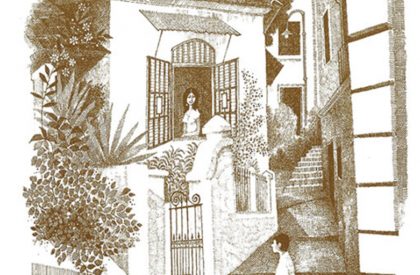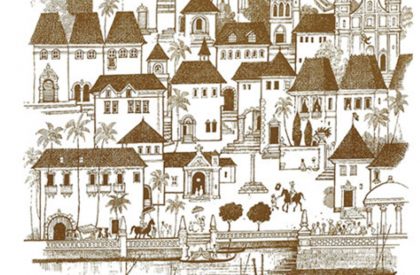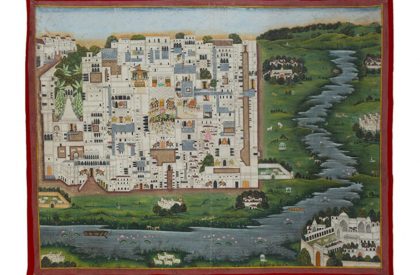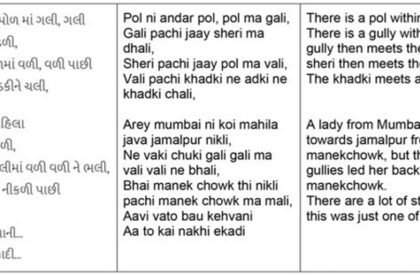90’s kids will remember Udit Narayan’s beautiful voice singing “Ghar se nikalte hi, kuch door chalte hi, raste mein hai uska ghar…..” . What do you see when you step out of your house?
Cars parked under trees, children playing on the street, trash collected at the street corner, smiles of familiar shopkeepers, or an elderly couple sitting in their balcony and watching the world go by? When people say, “Bangalore has changed after it became an IT hub”, what they probably mean is that they are losing a sense of familiarity with their neighbourhoods and other places they frequented in the city. Is your neighbourhood a geographical area with a physical boundary? Or is it just a collection of familiar people and locations? This article explores the meaning of a neighbourhood as an extension of one’s home.

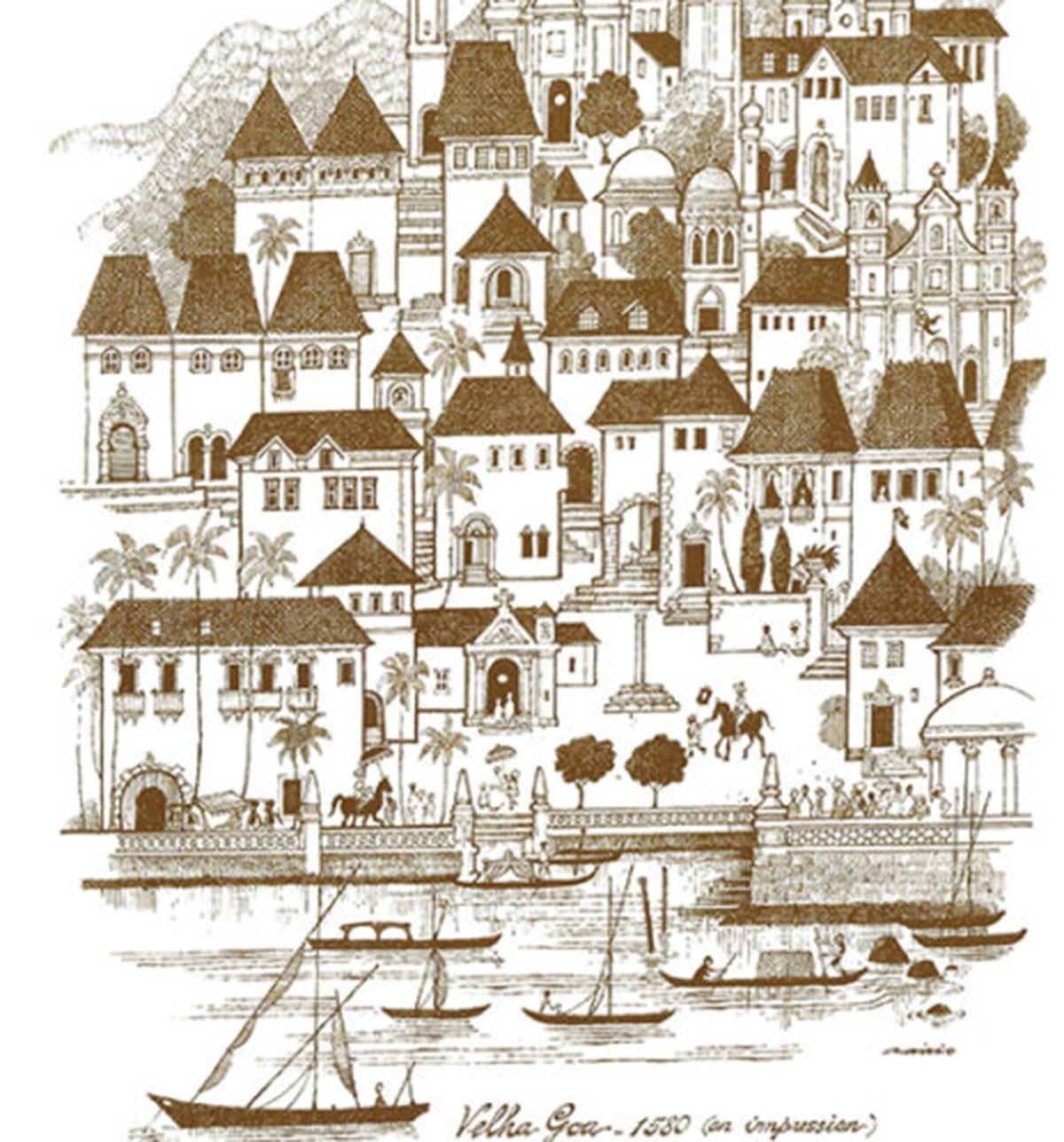
The word neighbourhood comes from the Old English word ‘nigh’ meaning ‘nearby’ and ‘bur’ meaning ‘dwelling’. So, a ‘neighbour’ is someone who lives nearby. In India, we have several words for ‘neighbourhood’ or ‘settlement’, like mohalla, peth, pur/ puram, nagar etc. The word ‘Mohalla’ originates from Arabic ‘maḥalla’, which refers to a neighborhood, suburb, locality or a ward. A city is best understood as an aggregation of mohallas, and typically the establishment of a new mohalla meant an expansion of the city. Peth, in Marathi, means a locality. The famous peths of Pune were administrative units of the city in pre-british times. These peths were established by an administrative order issued by the ruler or the senior officer. The ruler or the official provided public amenities like wells, roads etc. Across the Indian subcontinent, several cities and towns end with ‘pur’, ‘pura’ or ‘puram’. The word ‘pura’ in Sanskrit means ‘city’. Over time, it was also used to mean ‘fortress’ or ‘rampart’ (fort wall), for example Jaipur and Nagpur.
Other variations included -pore (‘pur’ modified by the British)e.g. Singapore, and -puri e.g. Jagannathpuri and -puram e.g. Kanchipuram.
In general, one can say that neighbourhoods consist of houses, shops, streets and public places/amenities. The gujarati language has several words for different types of streets, but not so many for neighbourhoods. Sheri (શેરી), khancho (ખાંચો), khadki (ખડકી) , ol (ઓલ), rasto (રાસ્તો), pol (પોળ) and gali (ગલી) are all different words used for streets depending on width, occupancy or specific distinguishing characteristics. For example, a street with shops on the ground floor and houses above is called ‘ol’ (like Chandla ol), while that with only houses is called a ‘pol’ (like Jethabhai ni pol). The word ‘gali’, on the other hand, comes from English ‘gully’, which in turn comes from French ‘goulet’, which has its root in Latin ‘gula’ meaning ‘throat’. So, a gully, like the throat, is a channel through which things move. Interestingly, the Bollywood movie Gully Boy is about songs of liberation sung by boys growing up in the streets of Dharavi in Mumbai. Gujarati lyricist Avinash Vyas beautifully weaves in the various words used for streets in the song ‘Ame Amdavadi’:

There is an old proverb that says, “It is better to have a good neighbour than a distant relative”.
Neighbours are easy to access, many a time go through similar situations (especially infrastructure related) and will come to your aid when you need someone. Sometimes, this relationship goes beyond familial ties. The exchange between neighbours is immeasurable and cannot be viewed in economic terms. A close-knit neighbourhood allows for sharing resources, responsibility and daily lives with someone that is not ‘family’, but close enough. On the other hand, having to live with quarrelling neighbours, or those with different world views is quite a torture. Similarly, having to live in unsafe neighbourhoods or those where one is not respected, is difficult. Has all of this got anything to do with the way neighbourhoods are designed and built? How do they come into being?
A city is made of several kinds of neighbourhoods that come about over time, owing to different economic, political and social circumstances. Neighbourhoods emerge from a combination of infrastructure, people and houses. It all depends on what came first. Typically, as Indian cities expand, existing villages become part of the city and so do their residents. As work opportunities increase, the city begins catering to the incoming population by planning and building more neighbourhoods that appeal to them. In other cases, there is work, but houses are not affordable, so people settle by building their own houses in places where infrastructure is yet to reach, leading to what one may call informal settlements.

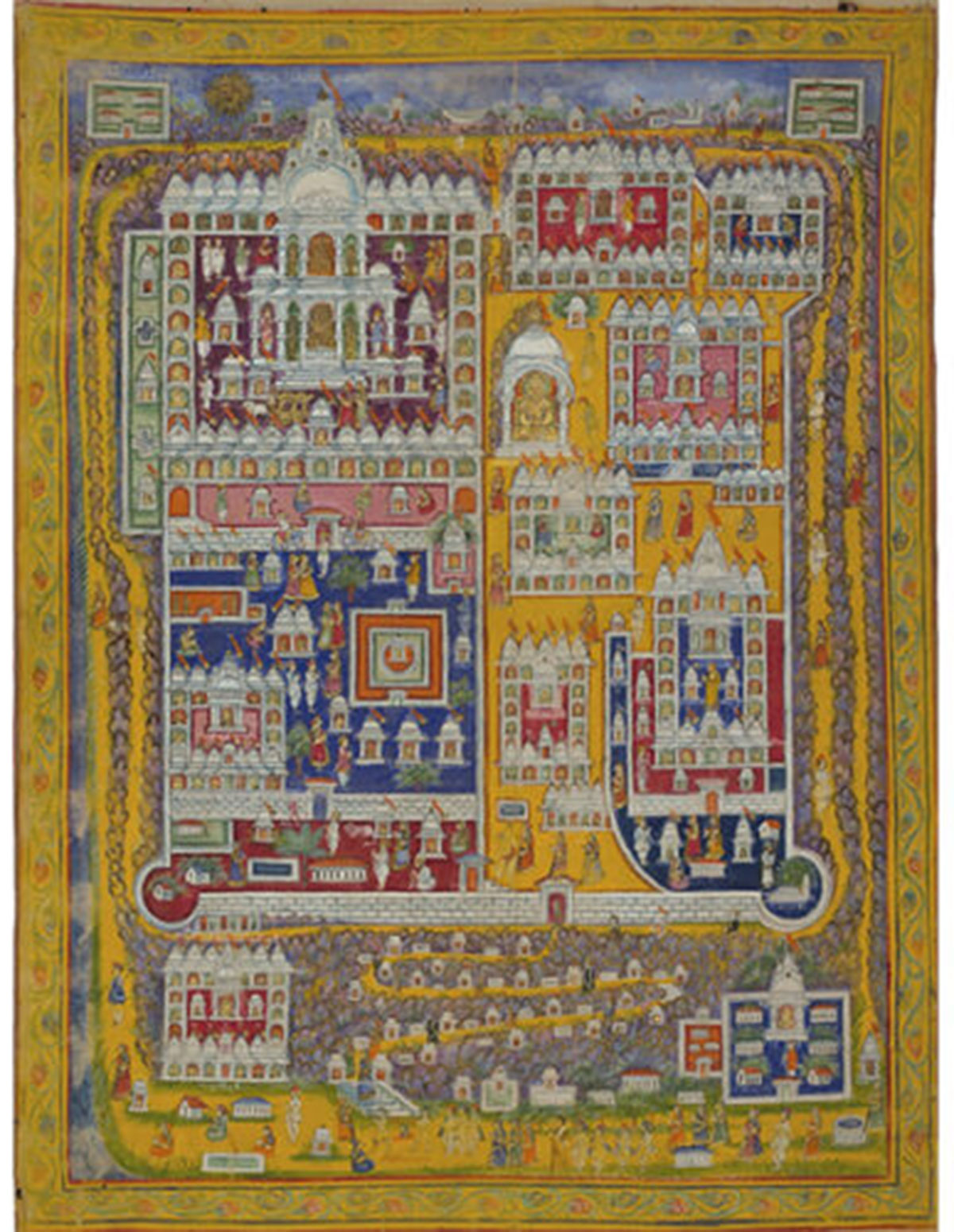
Danish architect Jan Gehl in his book Life between buildings, classifies all street activities into 3 parts – a) Necessary activities, like people going to work, waiting for the bus, people running errands, b) Optional activities, like taking a walk for fresh air, sitting outside to enjoy the breeze or the sun, c) Social activities, like children playing, communal activities of some kind.
Optional activities are the first to disappear if the streets become unsafe or too wide. In his view, it is the optimal combination of these three activities that produces good, safe and lively neighbourhoods. To be able to walk freely in one’s neighbourhood not only provides one with some fresh air and exercise, it also has benefits at an emotional level. It gives one a sense of freedom and autonomy which is in turn tied to ideas of self-dignity. Ralph Erskine, a British architect once said, “we should not think of making houses, but making communities”.
Let us know what you like or remember fondly about your neighbourhood in the comments section below!

